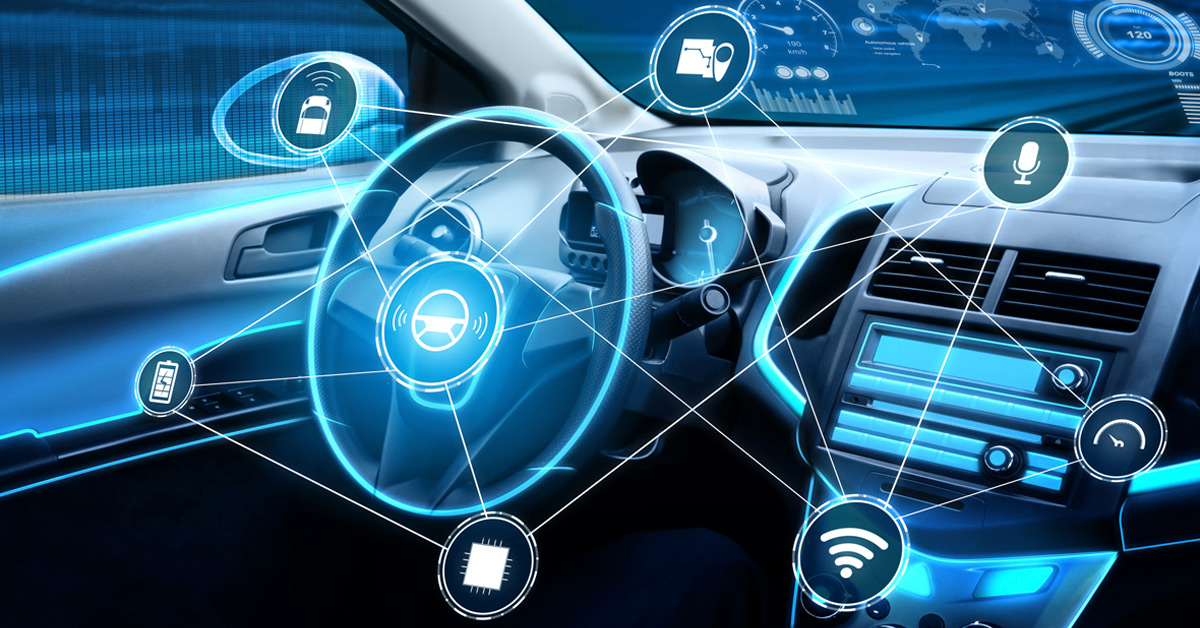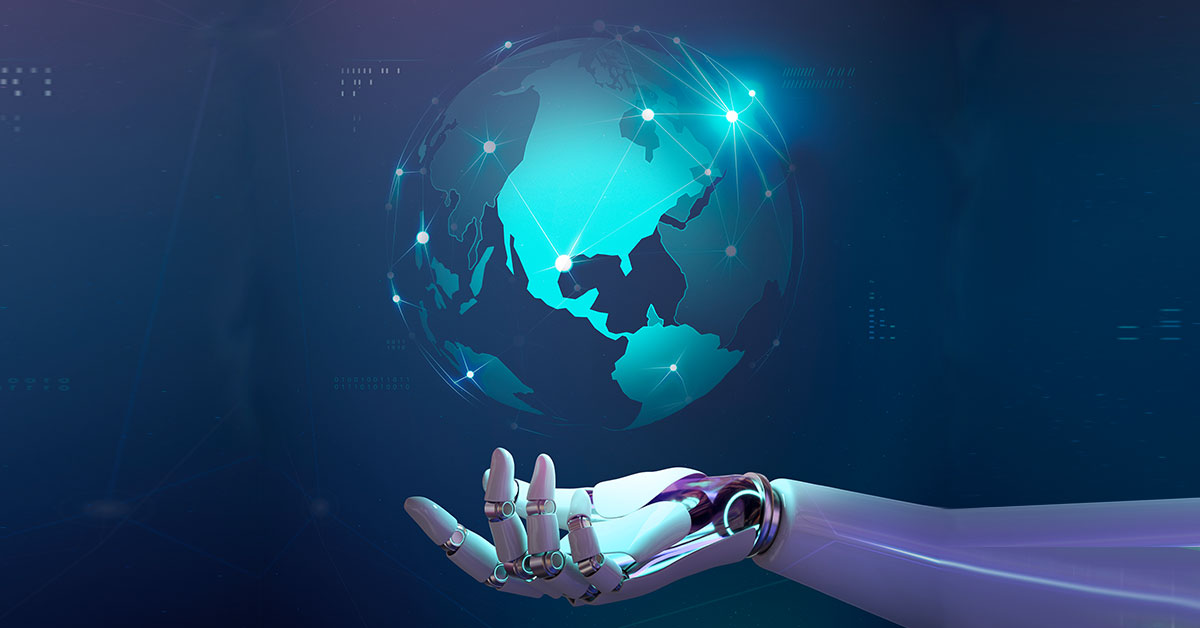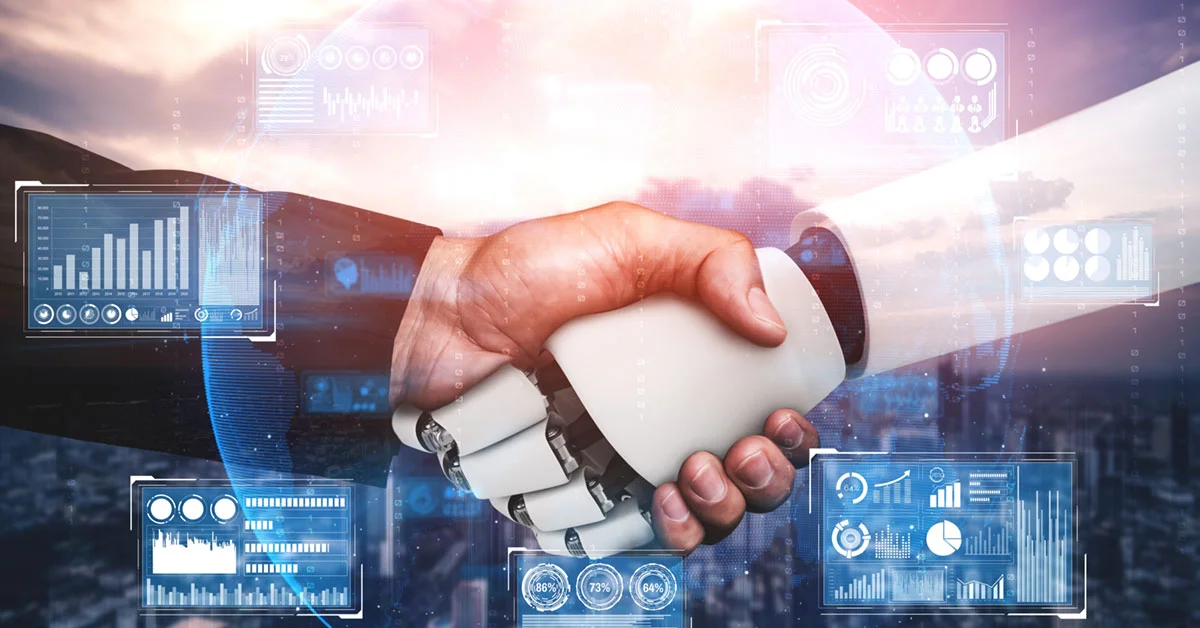Deep Learning for Image Recognition: Advancements and Best Practices
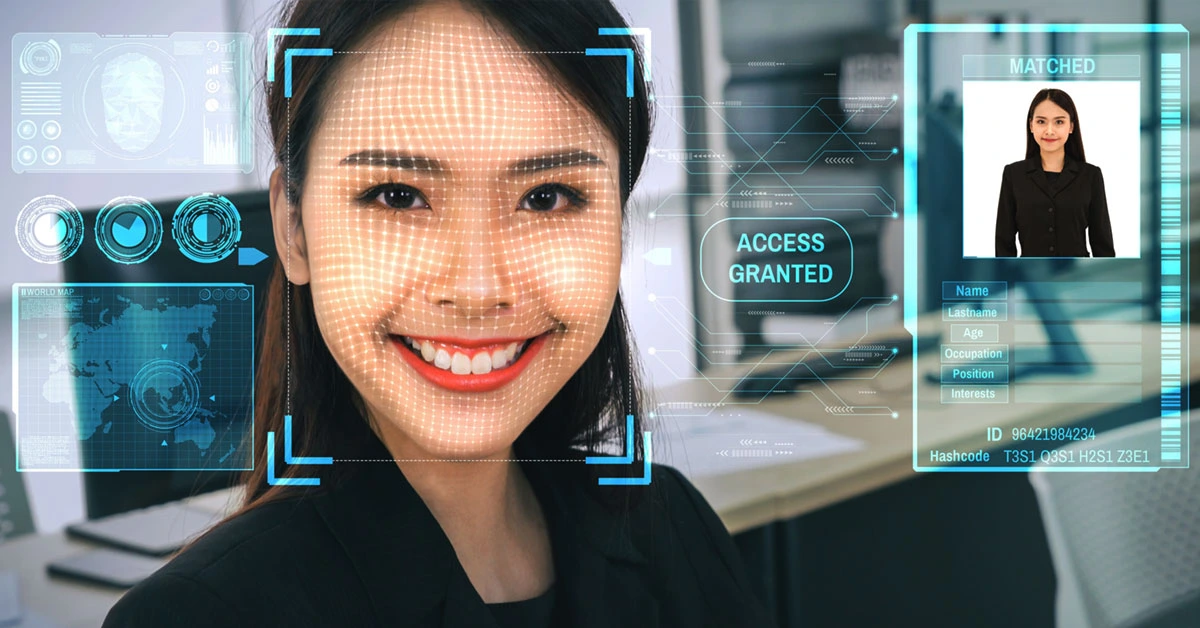
5 min read
The field of artificial intelligence (AI) is constantly evolving along with technology. Deep learning is a crucial aspect of artificial intelligence (AI). It is a branch of machine learning that concentrates on teaching artificial neural networks to learn and predict. It has demonstrated notable progress in picture recognition, transforming a number of sectors, including healthcare, automotive, and entertainment. Taking this as an opportunity, we will explore many kinds of deep neural networks, deep learning best practices, and image recognition task strategies and procedures.
One area of machine learning that draws inspiration from the composition and operations of the human brain is called deep learning. This method entails teaching multilayer artificial neural networks to identify patterns and generate predictions. Artificial neurons, or interconnected nodes, make up deep neural networks. These networks receive incoming data, forward it to the subsequent layer, and gradually extract higher-level properties from it.
What are the Types of Deep Neural Networks?
Deep neural networks come in a variety of forms, each intended to handle particular tasks and data kinds. Several networks are frequently employed in image recognition, such as:
- Convolutional Neural Networks (CNNs): Because CNNs can extract features from images through convolutional layers, they are a good choice for assessing visual imagery. These networks do exceptionally well on tasks like segmenting images, classifying images, and recognizing faces and objects.
- Recurrent Neural Networks (RNNs): RNNs are perfect for applications like speech recognition and natural language processing since they are made to handle sequential data. They can process inputs sequentially while accounting for context and prior knowledge through their internal memory.
- Generative Adversarial Networks (GANs): To produce realistic data, GANs are made up of two neural networks: a discriminator and a generator. They are frequently employed in tasks including anomaly detection, style transfer, and picture synthesis.
- Auto-encoders: Mainly utilized for unsupervised learning assignments, auto-encoders demonstrate proficiency in feature extraction and dimensionality reduction, which are essential for effective picture recognition.
Best Practices for Deep Learning
To achieve the best results, deep learning, an advanced subset of machine learning, needs careful consideration of a number of factors. The most important of these is data preprocessing, which improves the quality and diversity of the training dataset by normalizing, augmenting, and cleaning data. It is an important step because accurate deep machine learning model training depends on high-quality data. Choosing the right model is important in addition to this. Deep neural networks have a variety of topologies, each with its own advantages and strengths. Therefore, the success of a hierarchical learning project depends on understanding and selecting the appropriate model.
Hyperparameter tuning, which entails modifying parameters that affect the learning process, such as the learning rate, batch size, and regularization strategies, is another essential component. A well-tuned model can greatly improve its performance. When it comes to regularization, these methods, like weight decay and dropout, are vital for avoiding overfitting, which ensures that the model works well on training data and can also successfully generalize to new, unobserved data.
In deep learning, transfer learning is a game-changing technique where applying previously learned models to new tasks can save a ton of time and processing power. This method works especially well when working with small datasets for the intended task. In addition to these methodological factors, hardware is essential to advanced machine learning. A GPU or cloud-based solution can significantly reduce training time, and greatly enhance model performance.
Beyond these technical details, it’s important to concentrate on appropriate assessment measures in order to evaluate model performance precisely and to make use of experiment-tracking tools in order to compare various models and hyper parameters efficiently. Furthermore, the creation of just and responsible AI systems increasingly recognizes. The importance of addressing potential biases in models and ethical considerations. Through the integration of these methods, deep learning models can be made to perform and function reliably in ways that are appropriate for the tasks for which they are designed. The secret is to balance model complexity, training effectiveness, and resource management while taking into account the unique requirements of each project.
Deep Learning Techniques and Methods for Image Recognition
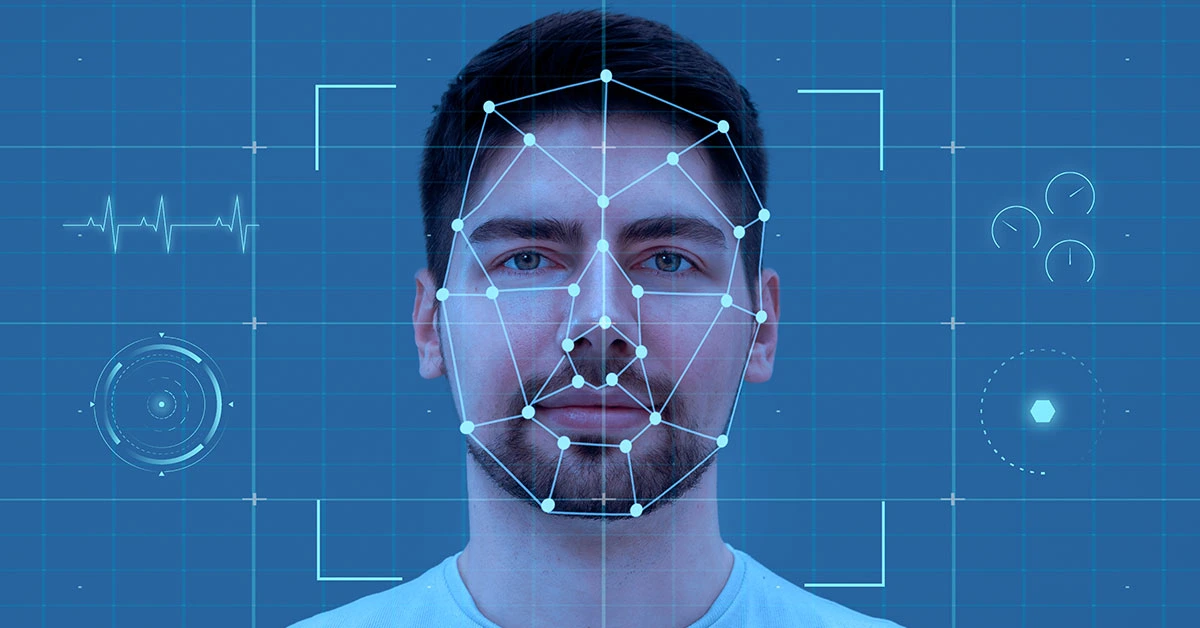
Deep-structured learning approaches have demonstrated tremendous results in image identification tests. Here are a few well-liked methods:
-
Image Classification
A basic task in computer vision is image classification, which is putting images into several predetermined classes. Convolutional Neural Networks (CNNs), in particular, are deep machine learning models that have led the way in this revolution. These models are capable of handling a wide range of picture classification tasks with exceptional accuracy because they automatically and adaptively learn the spatial hierarchies of information from images.
There are several uses for picture classification. These models can recognize and categorize different items in a picture. Which has important applications in retail, security, and even animal protection. Another application that makes significant contributions to fields ranging from social media to security is facial recognition. Which employs hierarchical learning to identify persons. Further, these methods are applicable to the relatively new subject of sentiment analysis from photographs. By identifying emotional states from visual clues, we can improve customer experience and better understand customer behavior.
-
Object Detection
Object detection goes one step further by accurately detecting several things within an image in addition to classifying them. You Only Look Once (YOLO), and Region-Based Convolutional Neural Networks (R-CNNs) are two sophisticated algorithms that help achieve this. For example, R-CNNs search the image for possible objects by generating candidate regions using a proposal approach and classifying these regions using CNNs. In YOLO, which is known for its speed, one neural network processes the entire image and predicts several bounding boxes and their class probabilities simultaneously.
These methods have greatly increased object detection’s precision and effectiveness. Making them invaluable in industries like retail for product detection-based inventory management and surveillance. Where real-time object tracking and identification are critical.
-
Image Segmentation
Deep machine learning also does exceptionally well in image segmentation. Which splits a picture into discrete sections to identify objects or boundaries. Methods like Mask R-CNN, which is an extension of Faster R-CNN, and U-Net. It has proven crucial for biomedical image segmentation. Because of its distinctive architecture, U-Net is incredibly effective for medical image analysis, allowing for accurate segmentation of intricate pictures such as MRI scans.
By offering pixel-level segmentation, Mask R-CNN enhances picture segmentation. Even further by recognizing not just the objects but also their exact shapes. It has broad potential in driverless vehicles, as safe navigation depends on knowing the exact shape and placement of objects and other road users.
Image Generation
Generative Adversarial Networks (GANs) have dramatically advanced the exciting field of image generation in deep learning. These models have attracted notice due to their remarkable realism and excellent image quality. A generator and a discriminator are two neural networks that compete with one another in the new principle of how GANs work. The discriminator assesses the veracity of the images produced by the generator. The generator produces more and more sophisticated outputs as a result of this competition.
GANs have shown great promise in the field of creative style mimicking. Since they can merge and convert common images into works of art by imitating the styles of well-known painters. Moreover, GANs are remarkably capable of creating wholly new visuals. Graphic design and entertainment frequently use this feature. They can also complete or repair damaged photos by adding missing information! This is a useful tool for medical imaging and digital restoration. This creative application of GANs shows how deep structured learning is enhancing human creativity and problem-solving abilities rather than merely mimicking them.
Conclusion
Machines are now able to carry out jobs that were previously exclusive to humans. Because of deep learning’s breakthroughs in picture recognition. There are countless options available thanks to the diverse kinds of deep neural networks, model training best practices, and picture recognition approaches and procedures. For instance, Recently, Pranathi Software Services introduced an advanced deep learning algorithm, which greatly improved their capacity for data analysis and predictive modeling and established a new benchmark for their sector. As technology develops, we anticipate significant innovation in neural network learning, completely changing how humans view and work with images.
Published: January 26th, 2024

